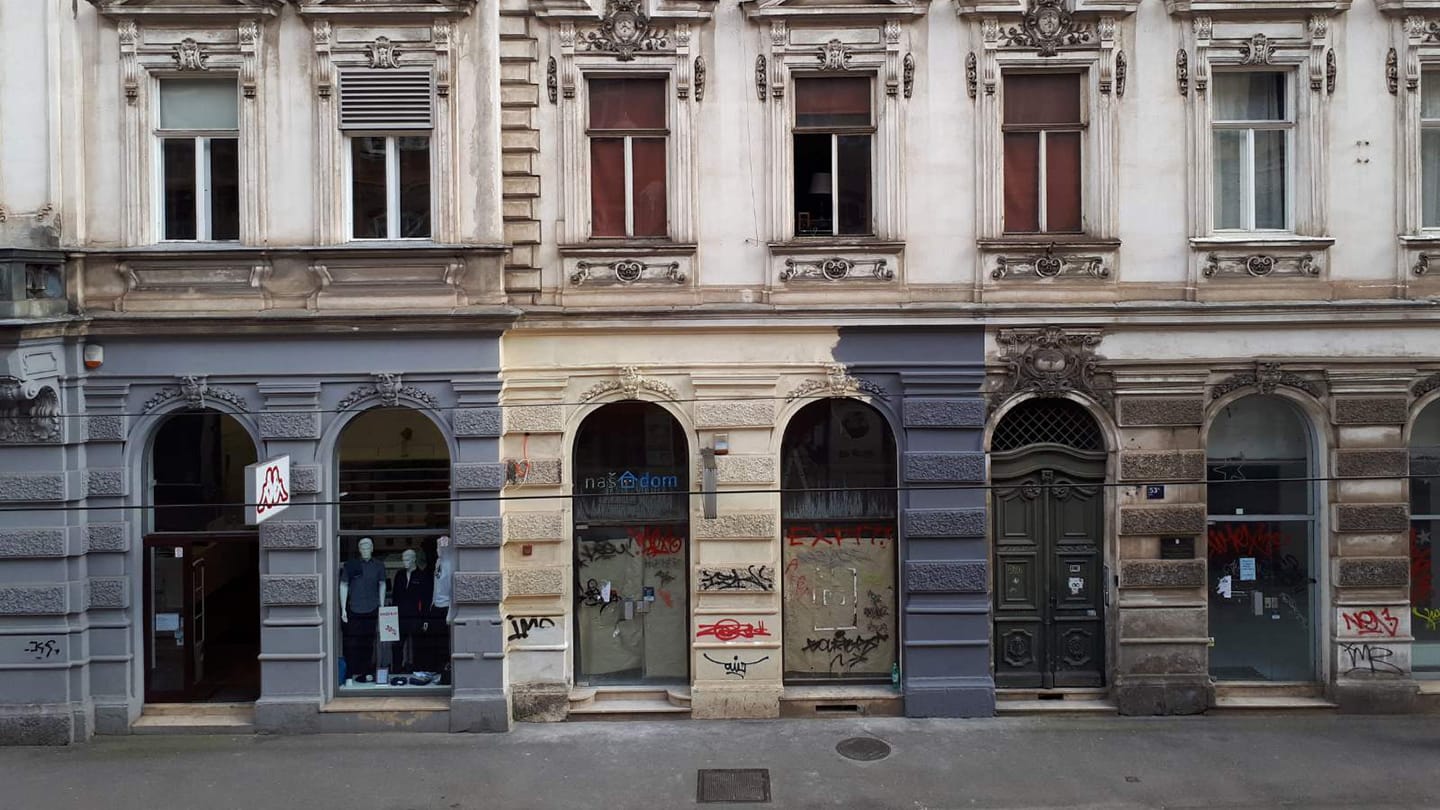Graffiti is now ubiquitous in public spaces, adorning facades, buildings, walls, trams, and streetlights. What sets graffiti apart from other visual elements in the urban landscape is its authenticity, the originality of gestures that range from leaving mundane marks to crafting imaginative and multifaceted messages or visually striking artwork (Mrduljas, 2005).
American anthropologist Henry Field studied graffiti at the beginning of the last century. While researching countries in the Middle East, such as Iraq, Iran, Jordan, and Syria, he realized that during that period, graffiti served “as a way to mark territories and assert ownership over objects and properties.” During World War II, many attribute the emergence of the first “tag,” a simple signature used by graffiti artists. One of the first known tags was “Kilroy was here,” first spotted in the Belgian town of Bastogne.
Graffiti has recently become an exciting advertising medium for major corporations like Coca-Cola, MTV, Nike, and Adidas. One of the most famous works is Coca-Cola’s graffiti in Reykjavik, Iceland, and Nike’s mural in Zagreb’s Zavrtnica. Expanding into all aspects of life, graffiti is rapidly moving into popular culture, gaining even more visibility, especially in the world of computer games like Far Cry or Grand Theft Auto. Besides the virtual realm, there’s growing attention to graffiti artists, with some textile industries specializing in clothing and footwear inspired by this newly accepted art form.
Today, we distinguish between vandal, artistic, and promotional.
As early as 1995, research conducted by Gardner showed that combining security hardware, psychology, and spatial design creates a physical environment that deters criminal activity. These results suggest that altering the physical environment can reduce the likelihood of crime. The genesis of this approach dates back to 1970 when the idea emerged that appropriate design and environmental use could impact the occurrence of crime by reducing its presence. Consequently, this also reduces fear of crime, enhancing people’s quality of life.
The six essential characteristics of this approach are (Balgač, 2013):
- Territoriality – Defined as a design concept aimed at empowering a sense of ownership among lawful space users and discouraging unlawful users.
- Surveillance – Based on the idea that potential criminals are less likely to act if they believe there is a high chance of being observed.
- Access Control – Focuses on reducing opportunities for criminal activity by denying potential offenders access to targets.
- Maintenance/Appearance – Crucial because damaged, vandalized, or abandoned places increase citizens’ fear of crime, reduce their activities in those areas, and thus diminish risks for potential offenders. Also, neglected areas signal a lack of formal and informal control.
- Support for Activities – An approach that encourages interaction among people by organizing various content and activities in public spaces, squares, and streets to deter potential criminal actors. This leverages space and environment design to encourage more people to use public spaces regularly.
- Empowerment of Targets – Seeks to make a location or object more challenging for potential offenders to access, thereby adding extra effort and increasing the risk for offenders.
Recommendations for Improving Informal Control by Citizens:
- In the vicinity of residential buildings and family homes, divide the space into private (belonging to the residential building or family home) and public (accessible to everyone) areas using pathways, greenery, or fences.
- Ensure that greenery (shrubs and floral plantings) used in environmental design does not exceed 1 meter in height, trim trees so that their canopies do not drop below 3 meters, and design fences to allow visibility.
- Emphasize the entrance to residential buildings with architectural elements such as lighting, bright façade colors, and well-maintained greenery.
- Mark house numbers, allowing the police, firefighters, and other emergency services to find their destinations quickly. Displaying numbers also indicates ownership and responsibility for a specific property.
- Promptly repair any damage to the previously mentioned structural elements and surroundings. Such repairs demonstrate care for the environment – the Broken Windows Theory (Wilson, Kelling, 1982).
While each space requires an individual approach, citizens can significantly enhance community safety by adhering to the guidelines above.
